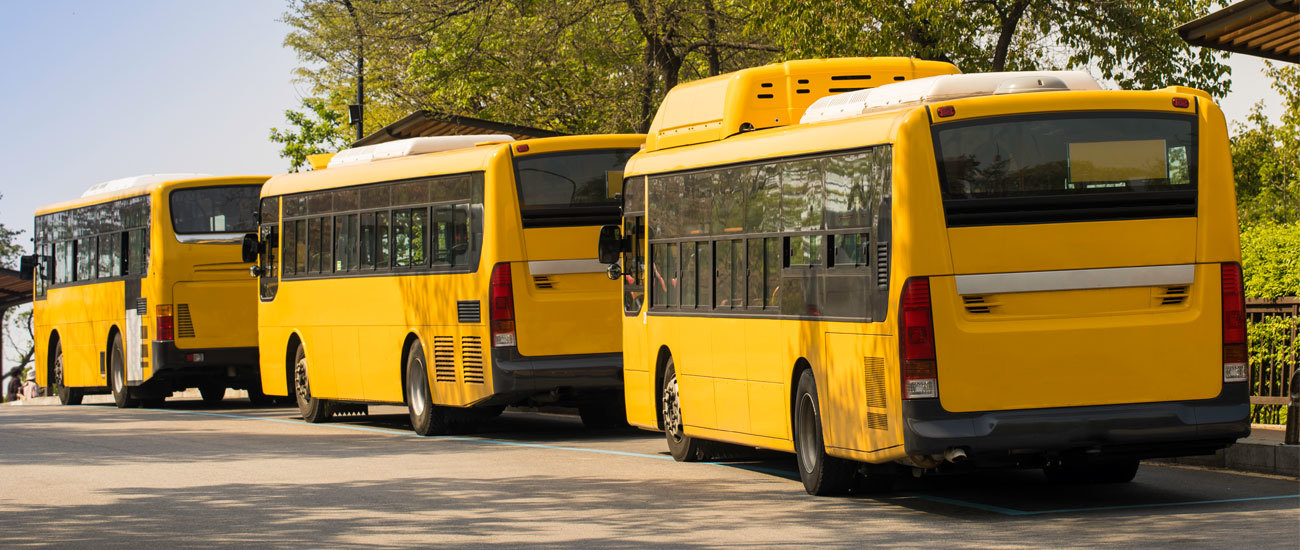Albany, New York has set an ambitious goal to transition its school bus fleet to fully electric vehicles by 2035. This move is part of a larger effort to reduce the city’s carbon emissions and transition to clean, renewable energy sources. The use of electric school buses is seen as a way to improve air quality, reduce dependence on fossil fuels, and create a healthier environment for students and communities.
Other Cities and School Districts in New York Following Suit
Albany is not the only city in New York that is making the switch to electric school buses. Other cities and school districts, such as New York City, Rochester, Syracuse, and Chautauqua-Cattaraugus BOCES, have also set similar goals to replace their diesel school buses with electric vehicles in the near future. This growing trend highlights the commitment of cities and school districts across the state to reduce emissions and improve air quality through the use of clean, electric transportation.
The Upside of Switching To Electric School Buses
The big move towards electric school buses comes with a pretty nice silver lining. One big perk is that electric buses produce zero tailpipe emissions, leading to cleaner air and improved air quality. It also seems that they have lower fuel and maintenance costs compared to diesel buses, making them a more cost-effective option for school districts.
It has also been shown that electric buses operate more quietly, creating a quieter environment for students and communities. By using clean, renewable energy sources, electric buses also increase energy independence and help reduce greenhouse gas emissions. Electric buses also mean advanced safety features, such as backup cameras and pedestrian detection, which enhance the safety of students and other road users can also be more easily installed.
The shift to electric buses also contributes to a more sustainable transportation system by reducing emissions and dependence on fossil fuels. This “electric” switch may also lead to new jobs in the manufacturing, maintenance, and charging infrastructure sectors.
The Challenges Of Going Completely Electric
While the transition to electric school buses presents many benefits, there may be a potential dark cloud that comes along with that silver lining. One big challenge is the high upfront cost of electric school buses, which may be difficult for some school districts with limited or shrinking budgets.
Plus, the installation and maintenance of charging infrastructure for the buses can be costly and finding a suitable location to install charging stations could pose another challenge for some cities and districts.
Technology may be an issue as well. Currently, electric buses have a limited range and a longer charging time compared to diesel buses, which may make it difficult to complete long routes without recharging. What makes this situation even worse is that electric buses perform less efficiently in extreme temperatures because the battery range can be impacted by hot or cold weather. Since the battery life of electric buses is also limited, it is still uncertain how the batteries will perform over time.
The maintenance of electric buses is also different from diesel buses, and the necessary skills and equipment may not be readily available in some places across New York and the rest of the United States. And, to top it all off, the reliability of the power grid may also impact the charging of electric buses, and power outages from storms or other disruptions may impact their ability to operate.
Albany’s big push forward to transition its school bus fleet to fully electric vehicles by 2035 is part of a larger trend across New York and the United States to “go green”. Cities and school districts just can’t seem to deny the benefits of electric school buses, including improved air quality, lower operating costs, and increased sustainability, and are making the switch to clean, electric transportation.

